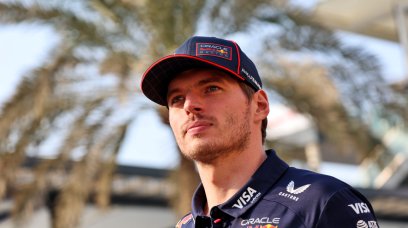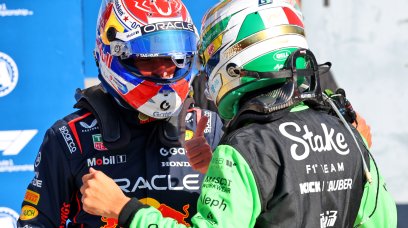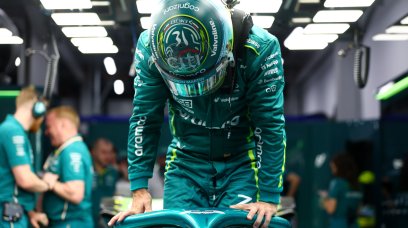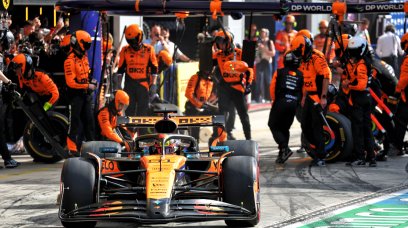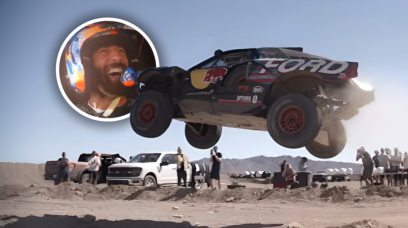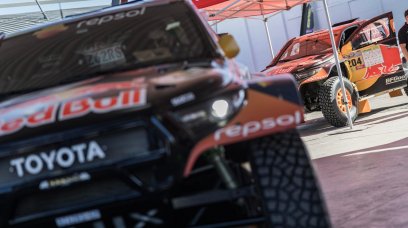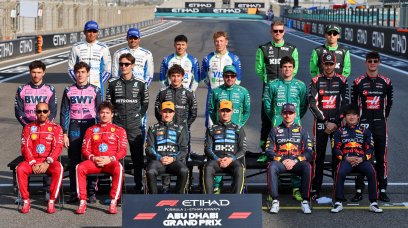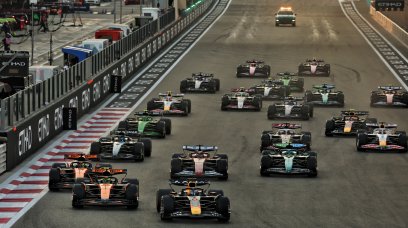The F1 weekend is slightly altered for the British GP due to Sprint Qualifying, with parc ferme rules coming into effect on Friday evening at the start of qualifying. You can still do things to the car, but not a lot. Apart from some adjustments to the front wing, there is little room to manoeuvre when it comes to the car's set-up. Here's an overview of what is allowed: Engines may be started Fuel may be added or removed and a fuel breather fitted Wheels, wheel fasteners and tyres may be removed, changed or rebalanced and tyre pressures checked Spark plugs may be removed in order to carry out an internal engine inspection and cylinder compression checks Permitted heating or cooling devices may be fitted A jump battery may be connected and on board electrical units may be freely accessed via a physical connection to the car Charging and / or discharging of the ERS energy storage devices The brake system may be bled Engine oil may be drained Compressed gases may be drained or added Fluids may be drained and/or replenished, however, fluids used for replenishment must conform to the same specification as the original fluid The aerodynamic set up of the front wing may be adjusted using the existing parts. No parts may be added, removed or replaced If the Technical Delegate is satisfied that changes in climatic conditions necessitate alterations to the specification of a car, changes may be made to the air ducts around the front and rear brakes and radiator ducts. These changes may be made at any time after all Competitors have been sent the message “CHANGE IN CLIMATIC CONDITIONS” via the official messaging system. From this point onwards the choice of air ducts around the front and rear brakes and radiator ducts is free and pitot tubes may be covered or uncovered, subject always to compliance with the relevant Technical Regulations Bodywork (excluding radiators) may be removed and/or cleaned Cosmetic changes may be made to the bodywork and tape may be added Any part of the car may be cleaned On board cameras, marshalling system components, timing transponders and any associated equipment may be removed, refitted or checked Any work required by the Technical Delegate Changes to improve the driver's comfort. In this context anything other than the adjustment of mirrors, seat belts and pedals may only be carried out with the specific permission of the Technical Delegate. Should ambient temperature change significantly, Competitors will be requested to change the head padding required by Article 14.6.1-6 of the Technical Regulations using the official messaging system. The addition or removal of padding (or similar material) is also permitted but may only be carried out under supervision and, if required by the Technical Delegate, must be removed before the post-race weighing procedure. Drinking fluid for the driver may be added at any time, however, the capacity of the container for any such fluid must not exceed 1.5 litres Repair of genuine accident damage Any parts which are removed from the car in order to carry out any work specifically permitted above, or any parts removed to carry out essential safety checks, must remain close to it and, at all times, be visible to the scrutineer assigned to the relevant car. Furthermore, any parts removed from the car in order to carry out any such work must be refitted before the car leaves the pit lane.
Most read
